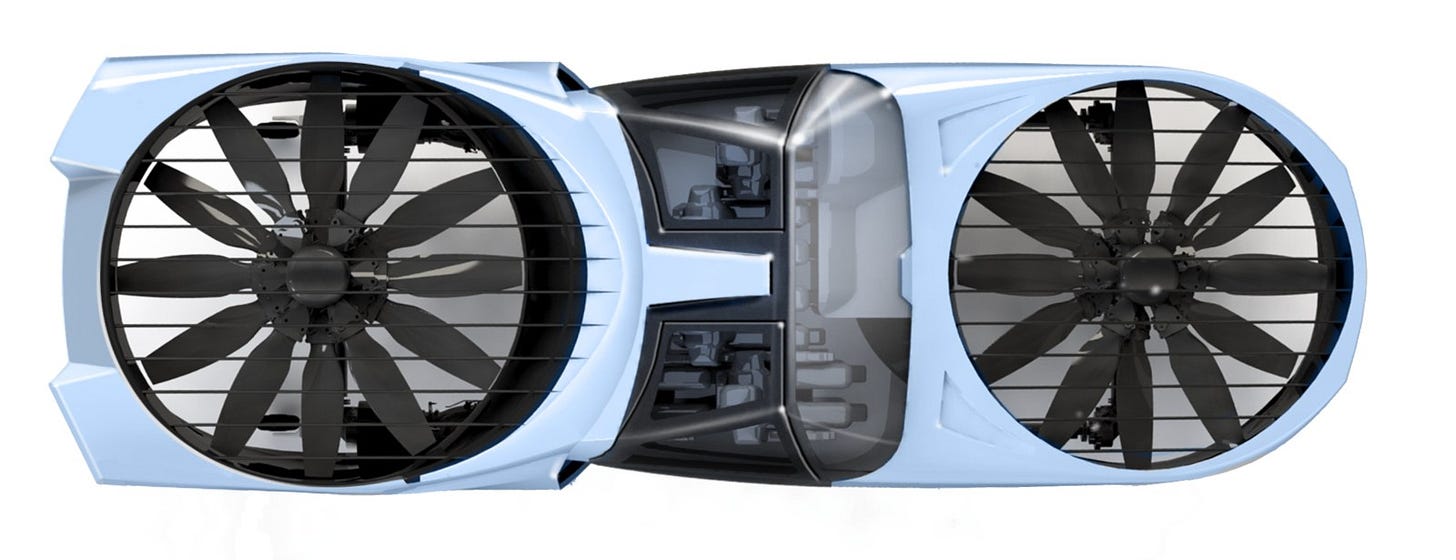THIS WAS THE ISSUE I SENT BY MISTAKE A DAY EARLY!
Welcome to Thursday Things! Its’ the 50th issues of my little newsletter. Thank you to all who have been along for the ride from the beginning — and to all who jumped on board along the way.
On we go! Photo by Bence Balla-Schottner on Unsplash
What are the most downloaded free ebooks from Project Gutenberg during the pandemic? Let’s find out!
Almost 8 million ebooks were downloaded from Project Gutenberg in April, over twice as many as a year ago. Two books that entered Top 20 are related to plagues.
Project Gutenberg is a leading source of free ebooks from the public domain (which means you can get them legally), and it turns out that many people were spending their time during the lockdown to download and read more books than ever.
I’m a big fan of Project Gutenberg, as well as Internet Archive archive.org, and other sources of free downloadable books, maps, art, etc., which (as you may have noticed) I often highlight here on Thursday Things. But you came for the list! Here are the top five most downloaded books:
Pride and Prejudice (Jane Austen)
The Works of Edgar Allan Poe (Edgar Allan Poe)
Alice's Adventures in Wonderland (Lewis Carroll)
Frankenstein (Mary Shelley)
The Importance of Being Earnest (Oscar Wilde)
And the full list can be found here. How many of these classics have you read? As a writer I’m always happy to see more people reading (or at least downloading!) books. So if people are finding more time to read during the present pandemic that is at least one small item in the plus column for this crazy year.
From Russia with grease: KFC is working with a Russian 3D bioprinting firm to try to make lab-produced chicken nuggets. The headline pretty well sums this one up. Welcome to the future!
We were promised flying cars. We still don’t have them. Israeli-made flying cars may be floating into our future
One of the most intriguing of those companies is right here in Israel. Yavneh-based Urban Aeronautics is developing CityHawk to be an eventual “Uber of the air.”
Urban Aeronautics’ CityHawk will have two features that make it stand out from the flying crowd.
First, the CityHawk won’t have wings or external rotors. Urban Aeronautics has spent the last decade and a half perfecting an internal propeller system called Fancraft (named after the large fans at the front and rear of the aircraft) that is safer for passersby and takes up much less space.
CityHawk will have a Fancraft propeller system. Keep your hands inside the cabin! Image:Urban Aeronautics
This design looks promising, but according to the article it won’t be available until “later in the decade”. So we still have no flying cars. But we have 3D-printed chicken nuggets. What kind of 21st Century is this anyway?
It’s always the last place you look. Mexico archaeology: Pre-Hispanic ruins found on mountaintop
Two pre-Hispanic carved stone monuments believed to date back more than 1,500 years have been uncovered on a mountaintop in central Mexico.
Archaeologists say the site - which in its heyday would have had seven pyramids, a ceremonial area and a games court - was found by villagers.
It is thought to have been built by the Zapotecs, who lived in the southern highlands of what is now Mexico.
The carvings suggest it may have been dedicated to the god of the underworld.
I mean, I would not have thought to look for the god of the underworld on a mountaintop. It’s counter-intuitive.
I learned a new word from this article: chirality
Understanding the twists within a material (known as its chirality) is vital in industries that produce medicines, perfumes, food additives and pesticides, as the direction in which a molecule twists determines some of its properties. For instance, a molecule that twists clockwise will produce the smell of lemons while the identical molecule twisting anticlockwise (the mirror image of the lemon-smelling molecule) smells of oranges.
"Chirality is one of the most fundamental properties of nature. It exists in sub-atomic particles, in molecules (DNA, proteins), in organs (the heart, the brain), in bio-materials (such as seashells), in storm clouds (tornadoes) and in the shape of galaxies (spirals hurling through space)." said Professor Ventsislav Valev, who led the project.
The article is Single nanoparticles could pave the way for medicines on demand and the gist is that scientists have found a better way to characterize the chirality of a single nanoparticle, which could lead to “pills that are mini-labs. Upon cracking the pill, a precise number of micro-droplets will flow through microchannels to mix and produce the needed medicine.” I can’t adequately summarize what they’re talking about, so you’ll have to read the whole thing for more. But it will be an amazing advance in medicine if it works.
Meanwhile, try to use chirality in a sentence today.

“Wow, the chirality of these curly fries is just right!” Photo by fran hogan on Unsplash
Thank you for reading! See you next Thursday!




